Birds come in all shapes, sizes, and behaviors, but some are especially extraordinary due to their appearance, behavior, and challenges for survival. Below are some of the most intriguing bird species, highlighting their fascinating traits, natural habitats, and the efforts to protect them as many face extinction.

Habitat: Amazon Basin, South America
Conservation Status: Least Concern
Population: Stable
The hoatzin, also known as the "stinkbird," is a one-of-a-kind bird found in the Amazon Basin. Its diet of vegetation causes its body to produce an odor reminiscent of cow manure. The hoatzin is also the only bird with a digestive system similar to that of cows, using bacterial fermentation to break down plant matter. Young hoatzins even have claws on their wings, which they use to climb trees. Though they are awkward fliers, they are excellent swimmers and will dive into the water to escape predators. Despite their strange traits, hoatzins are not currently endangered.
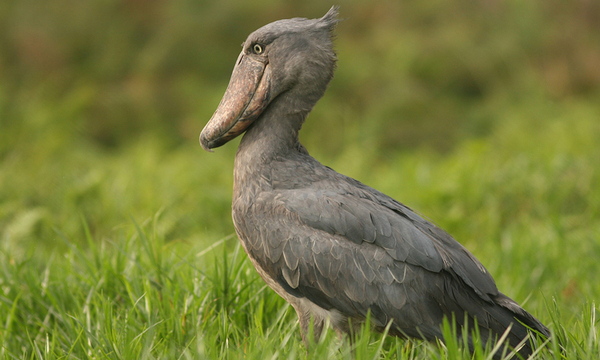
Habitat: Swamps of East and Central Africa
Conservation Status: Vulnerable
Population: 3,000–5,300 individuals
With a huge, clunky beak that resembles a wooden shoe, the shoebill stork is an unusual bird found in the swamps of Africa. This large bird feeds mainly on lungfish, but it doesn’t shy away from snacking on turtles and baby crocodiles. Despite their awkward appearance, shoebills are incredibly stealthy hunters. Unfortunately, their numbers are declining due to habitat destruction and human disturbances in their swampy homes.
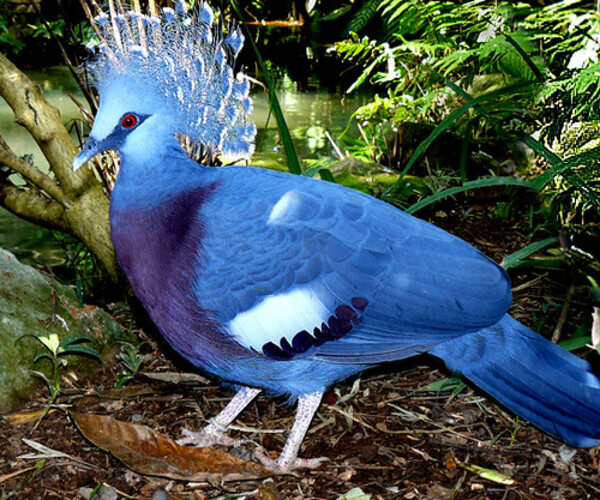
Habitat: Lowland rainforests of New Guinea
Conservation Status: Near Threatened
Population: Unknown but decreasing
The Victoria crowned pigeon, with its striking blue plumage and lacy feathered crest, is the largest living pigeon species. It’s a far cry from its common rock dove relatives. These birds live in the rainforests of New Guinea but are becoming increasingly rare due to hunting and habitat loss. Conservation efforts are underway to protect their rainforest homes from further degradation.
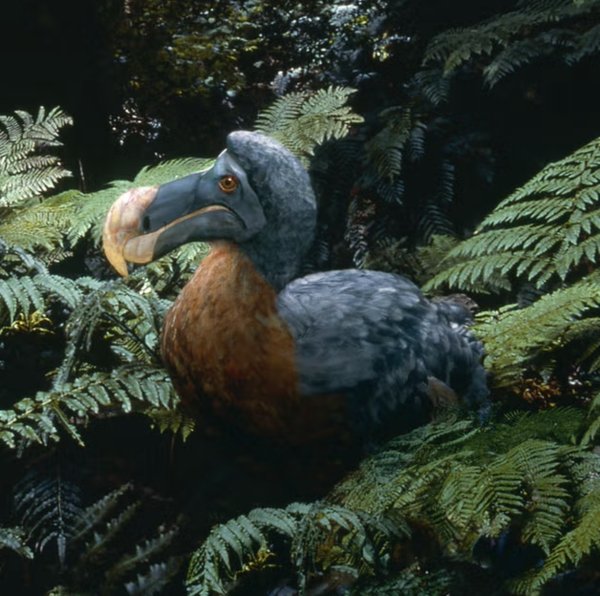
Habitat: Formerly native to Mauritius
Conservation Status: Extinct
Extinction Date: Late 1600s
The dodo is perhaps the most famous extinct bird, a symbol of human-caused extinction. This large, flightless bird was native to Mauritius, an island with no natural predators before humans arrived. The introduction of sailors, along with their animals such as dogs and pigs, led to the rapid decline of the dodo population. Though the dodo has been extinct for centuries, it remains a poignant reminder of how human activities can drive species to extinction.
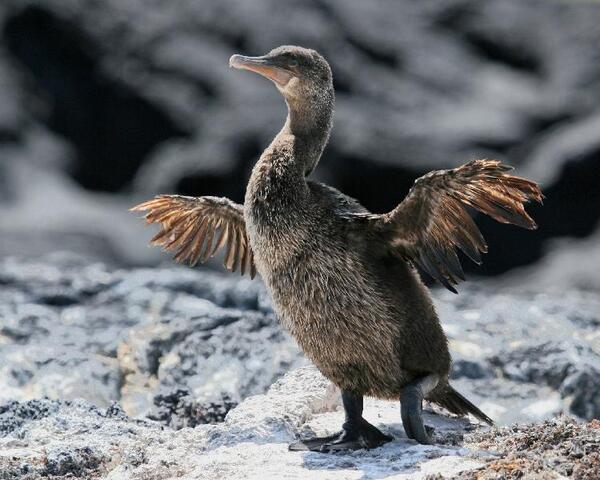
Habitat: Galapagos Islands, Ecuador
Conservation Status: Vulnerable
Population: Around 1,000 breeding pairs
The Galapagos cormorant is the only species of cormorant that has lost the ability to fly. Living on just two islands in the Galapagos, these birds have adapted to their predator-free environment by becoming strong swimmers instead. However, the introduction of predators like cats and dogs by humans has put the species at risk. Conservation efforts are critical to protect this vulnerable bird, which faces the threat of extinction.
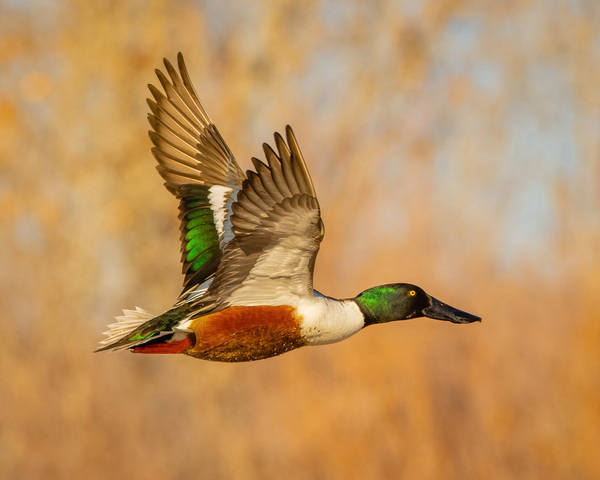
Habitat: Wetlands across North America, Europe, and Asia
Conservation Status: Least Concern
Population: Widespread and stable
The northern shoveler is a duck with a distinctive, broad beak that looks like a shovel. These birds use their unique bills to strain small organisms from the water. While they are not currently at risk, northern shovelers are not favored by hunters due to the unpleasant taste of their meat, which has earned them the nickname "neighbor’s mallard."
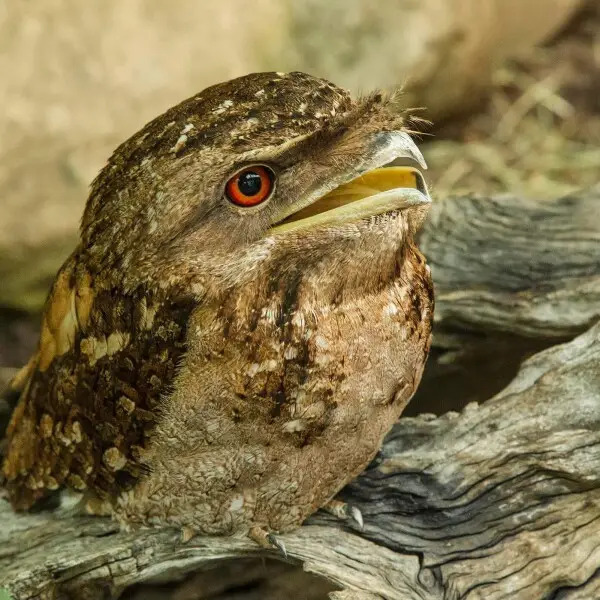
Habitat: Forests of New Guinea and northern Australia
Conservation Status: Least Concern
Population: Stable
Frogmouths are some of the strangest-looking birds, with wide, frog-like mouths used to catch insects and small animals. Despite their resemblance to owls, they are more closely related to swifts and swallows. They prefer to sit still, waiting for prey to come close rather than actively hunting. Though not threatened, frogmouths are unique due to their peculiar appearance and behavior.
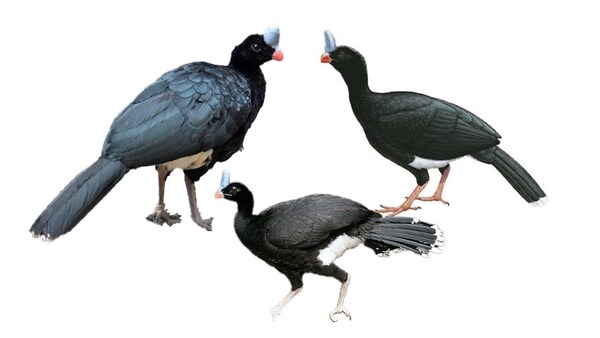
Habitat: Tropical forests of South America
Conservation Status: Endangered
Population: Less than 3,000 individuals
The southern helmeted curassow sports a quirky crest that looks like something from the 1980s. This large, ground-dwelling bird is found in the forests of Bolivia and Colombia. Unfortunately, it’s endangered due to habitat loss and hunting, and ongoing conservation efforts are critical to prevent its extinction.
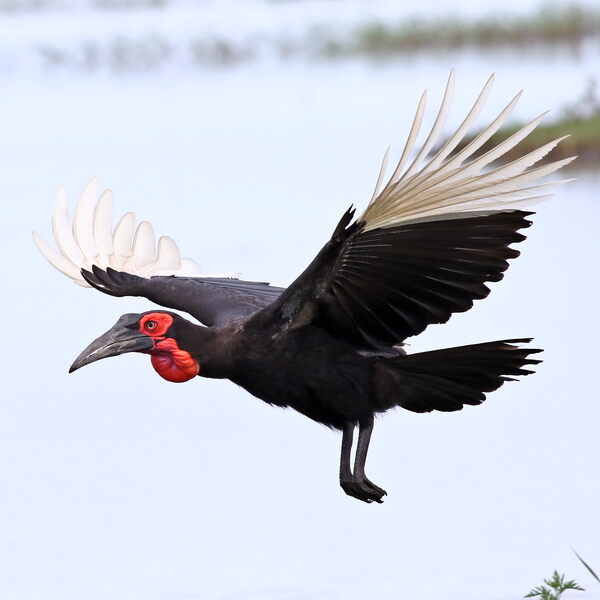
Habitat: Grasslands of Sub-Saharan Africa
Conservation Status: Vulnerable
Population: Unknown but decreasing
Most hornbills are tree-dwellers, but the southern ground hornbill prefers to walk the African savannas, hunting small animals. With its distinctive red face, this bird is hard to miss. Habitat loss and persecution by humans have caused its population to decline, and it is now classified as vulnerable.

Habitat: Forests of Hawaii
Conservation Status: Vulnerable
Population: 350,000 individuals but decreasing
The bright red scarlet iiwi is a striking bird found only in Hawaii. It feeds on nectar from flowers using its curved beak, a perfect adaptation to its environment. However, the iiwi is vulnerable to habitat loss, disease, and the introduction of non-native predators. Conservation efforts are underway to protect this beautiful species and its fragile habitat.
These incredible birds showcase the beauty and diversity of our planet’s avian species. Sadly, many of them face growing threats from habitat destruction, hunting, and human activities. Protecting these birds and their ecosystems is crucial to ensuring that future generations can continue to marvel at their uniqueness.
animal tags: Scarlet-Iiwi
We created this article in conjunction with AI technology, then made sure it was fact-checked and edited by a Animals Top editor.